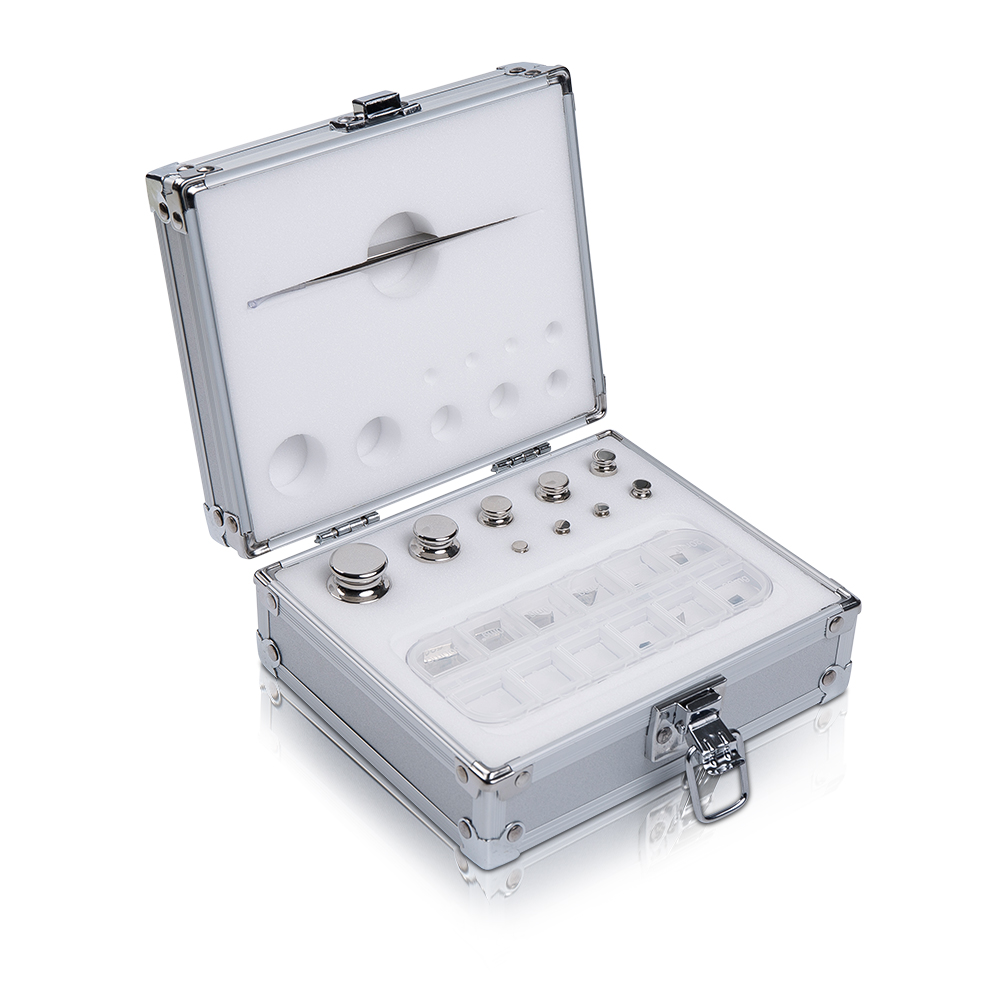The frequency of recalibrating laboratory calibration weights to maintain their accuracy depends on several factors, including the precision class of the weights, the frequency of use, the environmental conditions, and the specific requirements of the laboratory. Here are some general guidelines:
General Guidelines for Recalibration:
Precision Class:
High-Precision Weights (Class E1, E2): These weights, used for highly precise measurements, typically require recalibration every year.
Standard Precision Weights (Class F1, F2): These weights are often recalibrated every one to two years.
Industrial Weights (Class M1, M2, M3): These weights, used for less precise applications, may be recalibrated every two to five years.
Frequency of Use:
High Usage: Weights used frequently or in critical applications may need more frequent recalibration, such as every six months to one year.
Moderate Usage: Weights used moderately might require recalibration every one to two years.
Low Usage: Weights used infrequently could be recalibrated every two to five years.
Environmental Conditions:
Stable Environments: Weights used in stable environments with controlled temperature and humidity may have longer recalibration intervals.
Harsh Environments: Weights exposed to fluctuating temperatures, high humidity, or corrosive environments may need more frequent recalibration.
Specific Laboratory Requirements:
Quality Management Systems: Laboratories following strict quality management systems (e.g., ISO 9001, ISO/IEC 17025) may have specific recalibration intervals defined by their protocols.
Regulatory Requirements: Certain industries and regulatory bodies may have mandated recalibration intervals that must be followed.

Best Practices for Recalibration:
Initial Calibration:When acquiring new calibration weights, it is essential to have them initially calibrated by an accredited laboratory to establish their accuracy baseline.
Regular Inspections:Perform regular visual inspections for signs of wear, damage, or contamination. Any observed issues may necessitate more frequent recalibration.
Environmental Monitoring:Monitor and document the environmental conditions where the weights are stored and used. Significant deviations from controlled conditions may prompt more frequent recalibration.
Traceability and Documentation:Maintain accurate records of calibration and recalibration activities, including certificates from accredited calibration services. Ensure traceability to national or international standards.
Interim Checks:Conduct interim checks using known standards or secondary weights to verify the accuracy of primary calibration weights between recalibration intervals.
Recalibration Procedures:
Accredited Calibration Laboratories:
Send calibration weights to accredited calibration laboratories that adhere to recognized standards (e.g., ISO/IEC 17025).
On-Site Calibration:Some calibration service providers offer on-site recalibration services, which can be convenient for minimizing downtime.
In-House Calibration:Larger laboratories with the necessary equipment and expertise may perform in-house recalibration, provided they maintain appropriate standards and traceability.
To maintain the accuracy of laboratory calibration weights, it is crucial to establish a recalibration schedule based on the precision class of the weights, frequency of use, environmental conditions, and specific laboratory or regulatory requirements. Regular inspections, environmental monitoring, and maintaining accurate calibration records are essential practices for ensuring ongoing accuracy and compliance with standards.

 English
English















